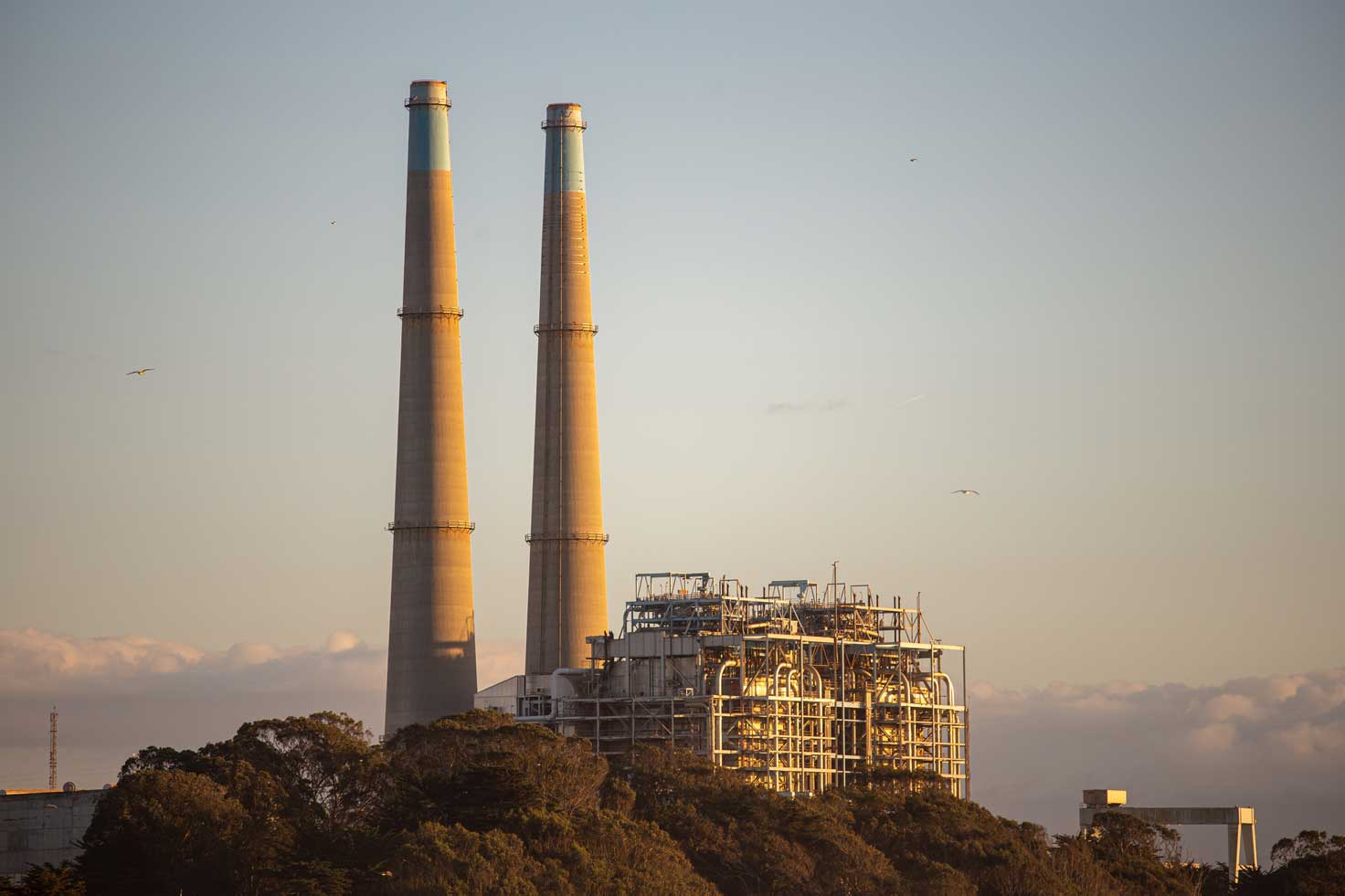
The integration of AI, IoT and advanced analytics coupled with the industry’s commitment to sustainability via development of low-carbon cements, adoption of CCUS technologies, and the increasing use of renewable energy sources is paving the cement industry’s future
By: Sushmita Das
As the global construction sector continues to boom, the cement industry stands at the forefront, embracing technological advancements and sustainable practices to meet the growing demand for this essential building material. With an increasing focus on reducing carbon emissions and improving operational efficiency, cement manufacturers are revolutionizing their production processes, paving the way for a greener and more sustainable future.
Cement Industry Updates
The adoption of advanced technologies such as artificial intelligence and machine learning have been a crucial to the cement industry. These cutting-edge tools have enabled cement manufacturers to optimize their operations, reduce energy consumption, and enhance overall productivity. Through the analysis of real-time data, AI-powered systems can predict maintenance needs, monitor production parameters, and optimize cement composition, leading to improved quality control and cost efficiency.
The incorporation of Internet of Things (IoT) devices has revolutionized the monitoring and control of cement production. IoT sensors placed strategically throughout the manufacturing facilities gather data on various aspects such as temperature, humidity, and energy consumption. This real-time data empowers manufacturers to identify inefficiencies, make informed decisions, and implement proactive measures to streamline operations.
In line with global sustainability goals, cement manufacturers have been actively working towards reducing their carbon footprint. Traditional cement production is known to be a significant contributor to greenhouse gas emissions, primarily due to the calcination process that releases carbon dioxide (CO2). However, recent advancements have led to the development of low-carbon and carbon-neutral cements offering promising alternatives.

One such innovation is the production of cement using alternative raw materials and fuels. By substituting a portion of traditional clinker, the main ingredient in cement, with materials like blast furnace slag, fly ash, or limestone, manufacturers can significantly reduce carbon dioxide emissions. Additionally, the utilization of alternative fuels such as biomass or waste-derived fuels, further decreases the environmental impact.
To bolster sustainability efforts, cement companies are actively exploring carbon capture, utilization, and storage (CCUS) technologies. These techniques involve capturing CO2 emissions from cement plants and either reusing it in various industrial processes or storing it underground. CCUS has the potential to achieve substantial emissions reductions while contributing to the development of a circular economy.
Furthermore, the cement industry is also investing in renewable energy sources to power its operations. Solar panels and wind turbines are increasingly being installed in cement plants, reducing reliance on fossil fuels and mitigating the environmental impact. In some cases, surplus energy generated by these renewable sources is even supplied back to the grid, contributing to local clean energy production.

Study
A study conducted by PWC highlights the substantial financial benefits that digitized supply chains bring to heavy industries such as cement manufacturing. The outbound supply chain – responsible for various intricate operations ranging from inventory procurement to the distribution of finished goods – plays a pivotal role in the industry. This comprehensive process involves optimizing demand, sourcing inventory, and ensuring efficient distribution to all stakeholders within the chain. Consequently, transportation and inventory management emerge as significant hurdles for the cement industry.
Conclusion
The cement industry is undergoing a significant transformation driven by technological advancements and sustainable practices. The integration of AI, IoT, and advanced analytics has revolutionized manufacturing processes, resulting in improved efficiency and quality control. Simultaneously, the industry’s commitment to sustainability is evident through the development of low-carbon cements, adoption of CCUS technologies, and the increasing use of renewable energy sources. As the global construction sector continues to expand, the cement industry is leading the way towards a greener and more sustainable future.